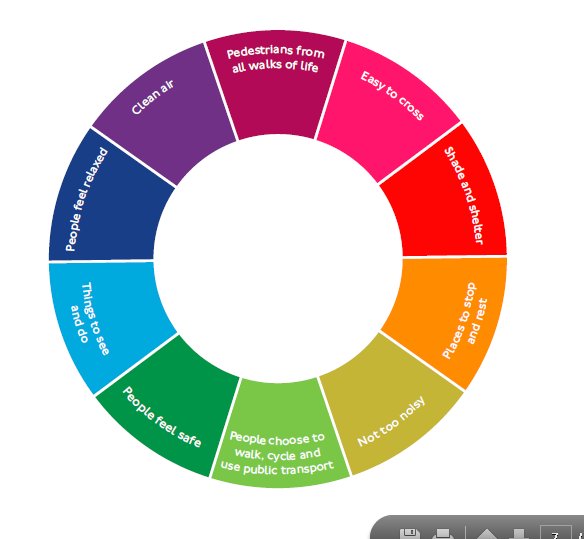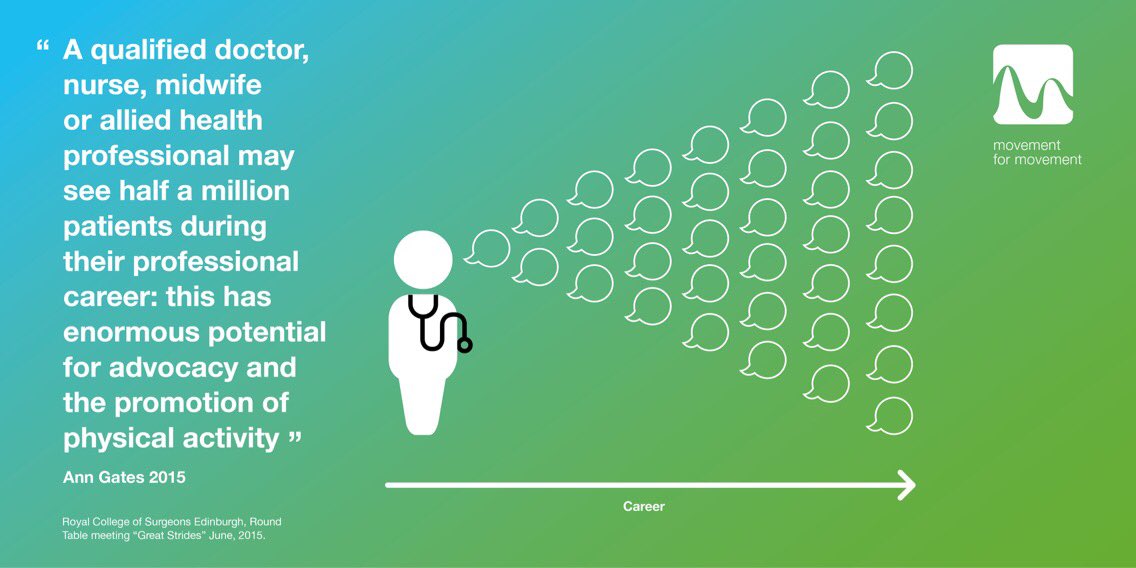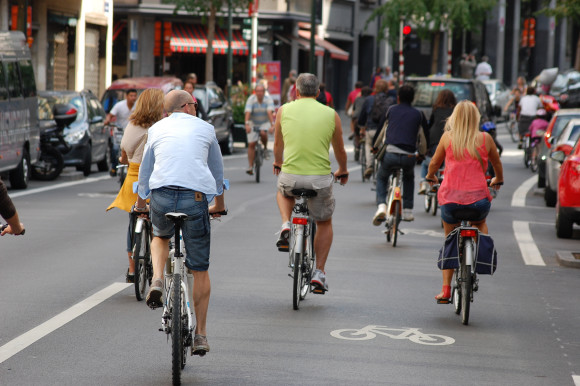Lack of exercise is twice as likely to determine the obesity beginning and a daily break of 20-minute walk permits to avoid the premature death.
The effects of obesity and exercise have been studied on 334,161 men and women for 12 years period . Although the impact of exercise was greatest among people of a normal weight, even those with a high body mass index (BMI) levels saw a benefit. Lack of exercise was thought to have caused almost 700,000 deaths across Europe in 2008.
Study leader Prof Ulf Ekelund – Medical Research Council (MRC) epidemiology unit at Cambridge University, said: “This is a simple message: just a small amount of physical activity each day could have substantial health benefits for people who are physically inactive. Although we found that just 20 minutes would make a difference, we should really be looking to do more than this – physical activity has many proven health benefits and should be an important part of our daily life.”
Participants in the research, who had an average age of about 50, were recruited to the European Prospective Investigation into Cancer (Epic) study conducted across 10 European countries, including the UK. All had their height, weight and waist sizes measured and provided self-assessments of physical activity levels.
Just under a quarter (22.7%) were categorised as inactive, working in sedentary jobs without engaging in any recreational exercise.
The findings, which are published in the American Journal of Clinical Nutrition, say the greatest reductions in the risk of premature death were seen when comparing moderately active groups with those who were completely inactive.
Using the most recent available public data, the researchers calculated that 337,000 of the 9.2m deaths that occurred in Europe in 2008 could be attributed to obesity, but physical inactivity was thought to be responsible for almost double this number – 676,000 deaths.
Co-author Prof Nick Wareham, director of the MRC epidemiology unit, said: “Helping people to lose weight can be a real challenge and, whilst we should continue to aim at reducing population levels of obesity, public health interventions that encourage people to make small but achievable changes in physical activity can have significant health benefits and may be easier to achieve and maintain.”
June Davison, senior cardiac nurse at the British Heart Foundation, said: “The results of this study are a clear reminder that being regularly physically active can reduce the risk of dying from coronary heart disease.
“The research suggests that just a modest increase in physical activity can have health benefits. Adults should aim to do at least 150 minutes of moderate intensity activity a week, carrying it out in sessions of 10 minutes or more.
“Whether it’s going for a walk, taking a bike ride or using the stairs instead of the lift, keeping active every day will help reduce the risk of developing coronary heart disease.”










